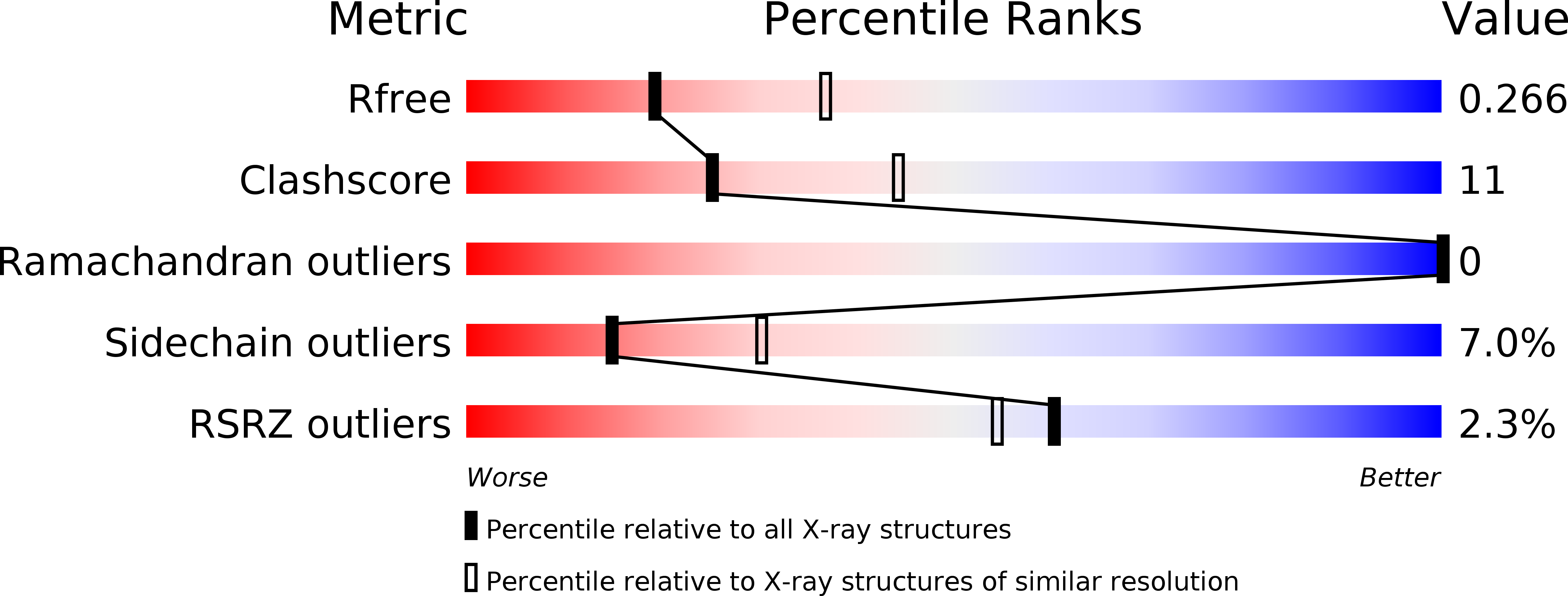
Deposition Date
2010-03-28
Release Date
2010-04-21
Last Version Date
2024-04-03
Entry Detail
PDB ID:
3MC8
Keywords:
Title:
POTRA1-3 of the periplasmic domain of Omp85 from Anabaena
Biological Source:
Source Organism:
Nostoc sp. (Taxon ID: 103690)
Host Organism:
Method Details:
Experimental Method:
Resolution:
2.59 Å
R-Value Free:
0.28
R-Value Work:
0.22
R-Value Observed:
0.22
Space Group:
P 43 21 2


